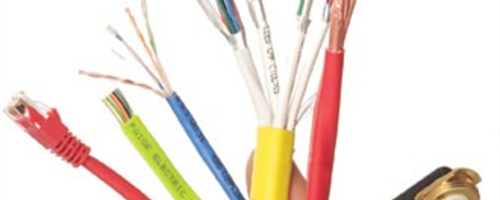
Do 4 Pairs Equal an Intelligent Building?
There is no doubt that the “Internet of Things” is a hot topic these days. The growth of connected devices (whether they use the internet or not) is a reality. Devices have a wide range of communication options including good old TCP/IP, Ethernet, and WiFi which have become mainstream in most office buildings in whole or in part. However, there are many other communications at work in a connected intelligent building that will have very different requirements. These include M2M (Machine 2 Machine), Bluetooth, RFID and a variety of other near field and long range application and protocols, both wired and non-wired.
The strength of an intelligent building is the ability for devices of disparate systems to communicate. Often that means that IP is the protocol of choice. However, there are numerous gateways to allow communication between disparate systems with varied protocols. In fact, often the entire system communicates to a gateway or controller. The only connectivity required between those systems is Ethernet or some common denominator type of communication protocol from one application to another. There is no need for the end devices or endpoints of the systems to communicate directly. That being the case, there is not always a need to run 4 pairs to all edge devices. In fact, there is a likelihood that some edge devices will NEVER require 4 pairs.
The smartest thing to do when working on a smart building design is to look at the application, endpoint, and life of the infrastructure. For instance, do you really feel that a 2 pair ID device will be replaced with a full 4 pair device in the lifetime of your habitation in the building? Ask, does the end device communicate as needed? Starting from the endpoint provides a more effective use of copper and fiber. While there are those that believe that one should cable a building with 4-pair category cabling everywhere that thinking is short sighted and leads to wasteful spending that unnecessarily deplete natural resources. For many end devices, 2 pair or even 2 strands are all that is required. There is a myriad of 2 pair access control system end devices available today. There simply is no need to run extra pairs “just in case.”
What is really needed is a cohesive plan for the cable plant that is not fragmented by trade, but rather overseen by an entity that understands the communications needs of the building systems. Today, building contracts are bid by various trades often under multiple separate bids. For example, HVAC companies will respond to the cooling bids. They may never know what other systems exist in a building, or what the final goal for intersystem communications is or will be required. Often the thought of putting them altogether happens after the build.
Some building owners are reluctant to coordinate their systems in part due to the belief that extensive cabling rework will be required to make the communications possible. While it may be advantageous to add some devices to help make the building smarter, cabling or the number of pairs you have cabled to your systems should not be a hindrance for smart building projects both new and old. Evaluations should be based on what the edge device requires and the value the edge device brings to your intelligent building.

